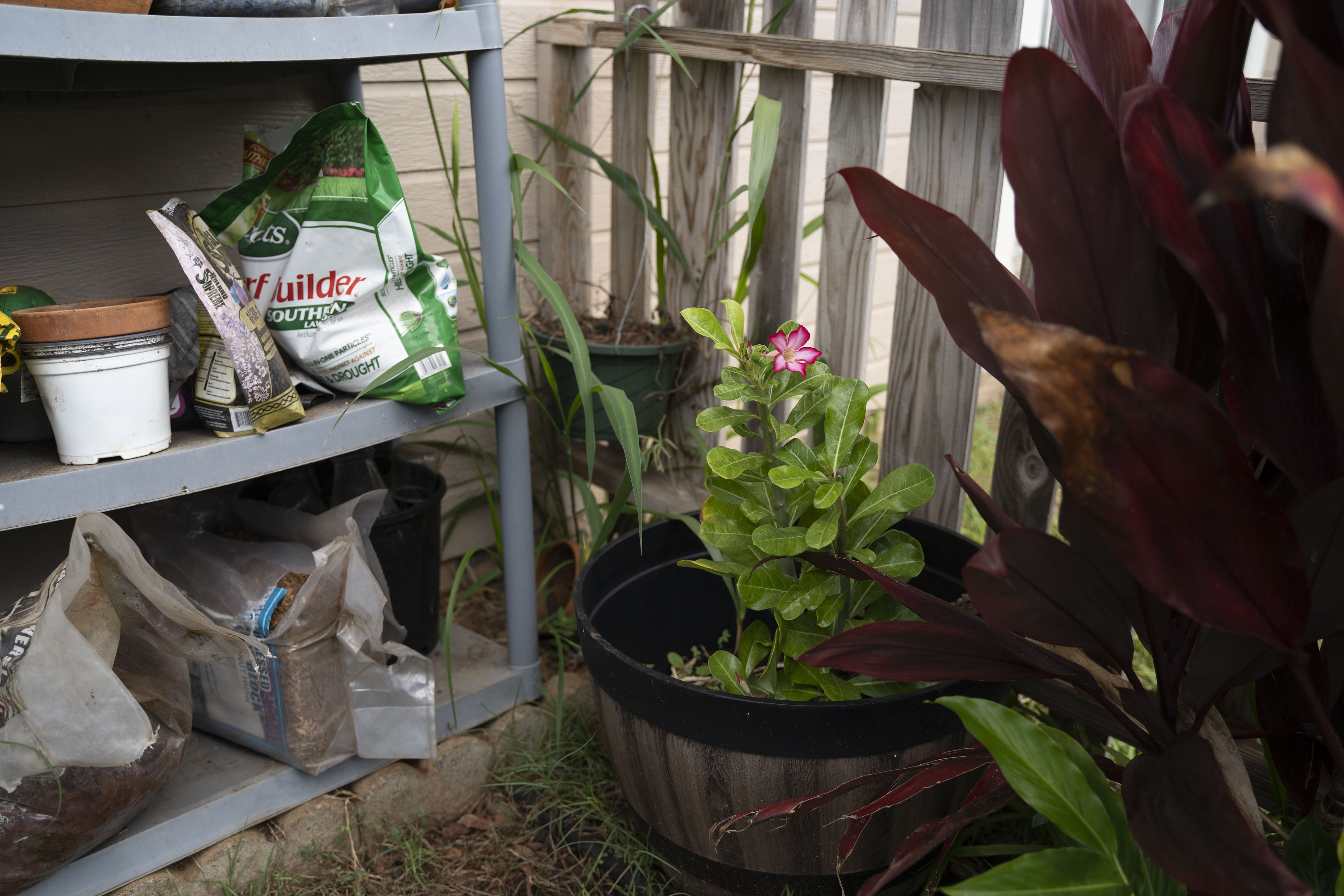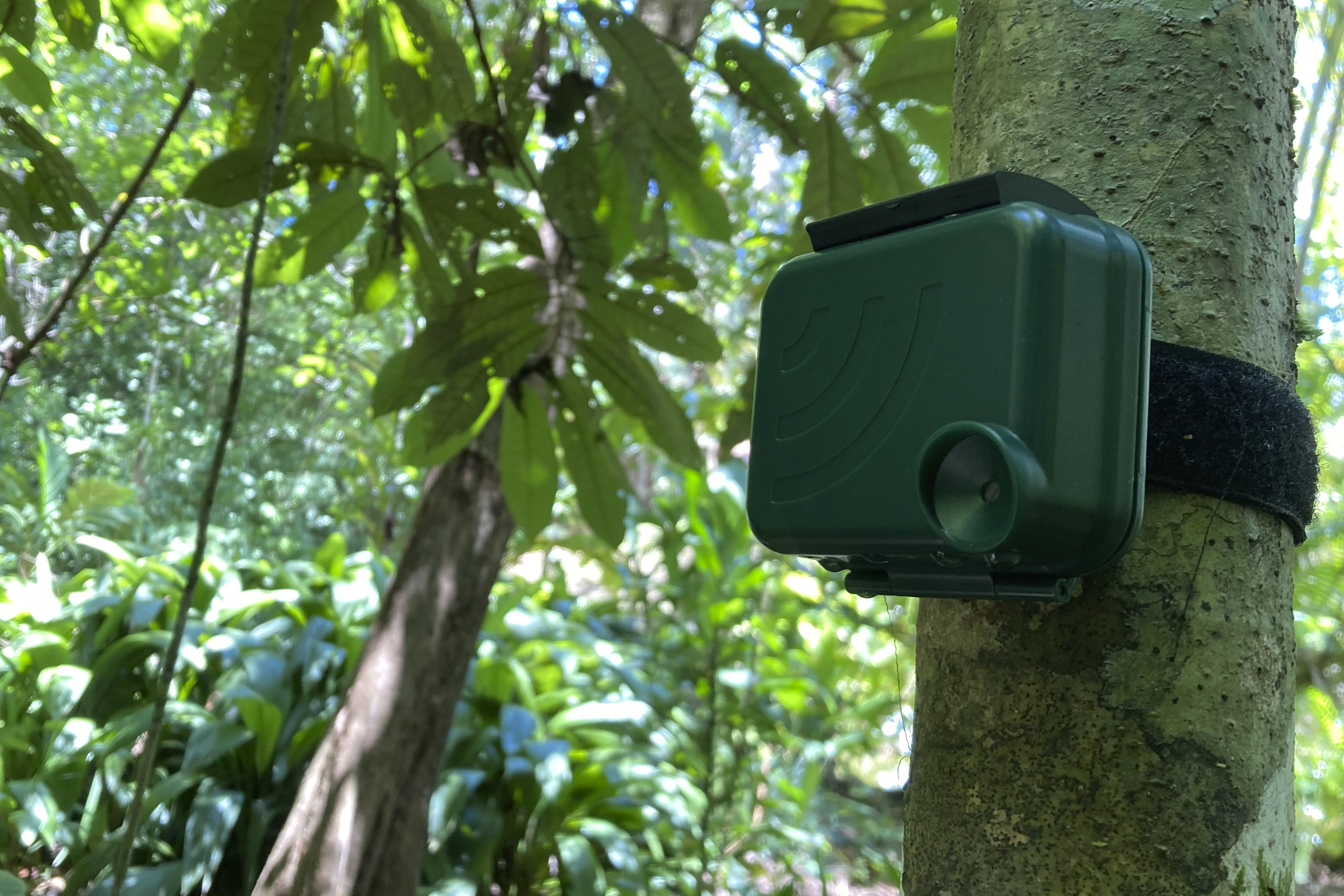(NEXSTAR) — Another year’s Easter is upon us and so too, are debates about Easter’s signature candy: Peeps. Introduced in 1953, Peeps are the polarizing Easter candy that people still remain split on.
But whether you love them or hate them, there’s a lot to appreciate about the marshmallow confections — including a pervasive rumor that Peeps are indestructible.
A tongue-in-cheek 1999 study at Emory University set out to prove or disprove the myth. There are entire Reddit threads dedicated to the concept, in addition to several “Destroying Peeps” YouTube experiments. At one time, there was even an entire website devoted to the concept, the now-defunct “100 Ways to Kill a Peep.”
So what’s the consensus?
For starters, Emory University’s study tested the candy under four conditions:
- Reaction to cold – After being squashed with a hammer, a Peep was placed in a bucket of liquid nitrogen — it was submerged in the -210°C nitrogen for about a minute — the candy was removed and squashed again with a hammer. This time, the candy (now hardened) cracked and broke apart. Conclusion: Not easily broken.
- Reaction to heat – The Peep was placed in an autoclave (a refrigerator-sized pressure cooker that can kill any living bacteria or fungi) for 15 minutes. The candy was exposed to 10 atmospheres of pressure at 350° Fahrenheit. By the end of the 15 minutes, the Peep softened into a “fluff” — still together, but gooier. Conclusion: Can take the heat.
- Solubility testing – Four individual Peeps were put into four separate beakers. One beaker containing water, one containing acetone, one containing sulfuric acid and one containing sodium hydroxide. The candies were observed for an hour and at the end, the most dramatic development was that the acetone turned purple as some sugar dissolved. Conclusion: Not easily dissolved.
- “Nastier solvent” – Dissatisfied with the solubility testing, researchers decided to drop the candy in a meaner chemical concoction. They immersed a Peep into Phenol — a protein-breaking chemical that can cause paralysis or death if swallowed or even put in contact with skin. After an hour, the Peep had mostly dissolved into purple goo. But one part was not easily killed: the chick’s little black eyes were still intact, completely unharmed by the chemical. Conclusion: Peeps are always watching.
- Low-pressure environments – A Peep was put into a vacuum. Once the air began being sucked out of the container, the candy started to expand to a much larger size. When the vacuum was turned off, however, the Peep lost air and folded in on itself to resemble chewing gum. It only lost its shape but it retained edibility (researchers ate it afterward). Conclusion: Shapeshifter.
Among some of the Peeps destruction content is a video from content creator HeyThatsMike, who posted “Destroying Peeps with Fire!!!” six years ago. As with much of the other experiments you can find, flames will melt and/or burn Peeps, but it won’t completely destroy them (though it depends what your definition of “destroy” is). Instead, those who match Peeps against a blowtorch or other type of flame will end up with hardened, blackened blobs of goo.
Destructible or not, Peeps will be sticking around. As reported by Axios, in 2022 alone, Peeps accounted for 22% of all candy sold during Easter season of that year — and the holiday generated an estimated $2.98 billion in total candy sales that year. Meanwhile, that year, Just Born collaborated on a survey of 1,000 people to find out how Americans feel about Peeps. Just Born says 81% of those polled said Peeps remind them of Easter, with over 68% saying they’d tasted Peeps before the time they were 9 years old.
So, for every Peeps hater, there are Peeps lovers ranking Peeps flavors.
Peeps are owned by the Pennsylvania-based Just Born Inc., which also makes Hot Tamales and Mike and Ike. Despite their association with Easter, Peeps pop up at many holidays, including Halloween, Valentine’s Day and Christmas.


























